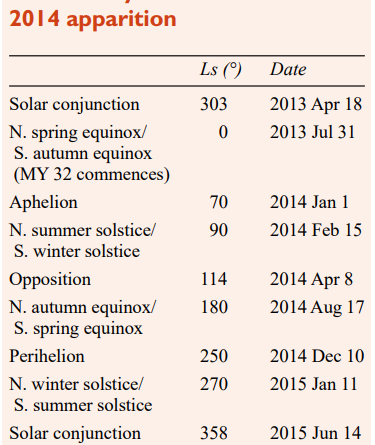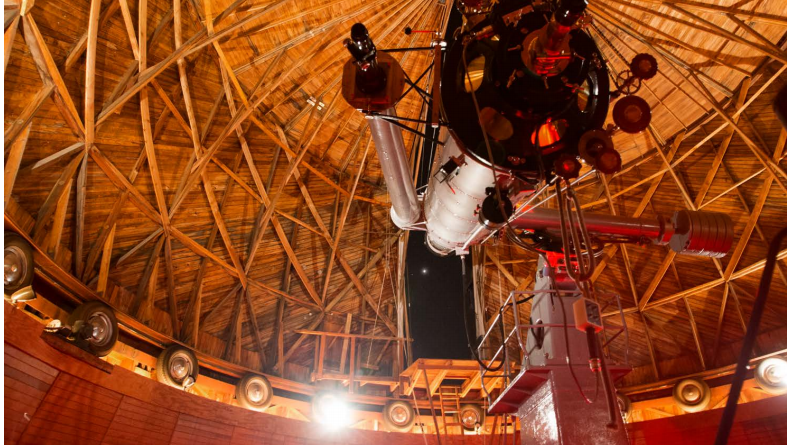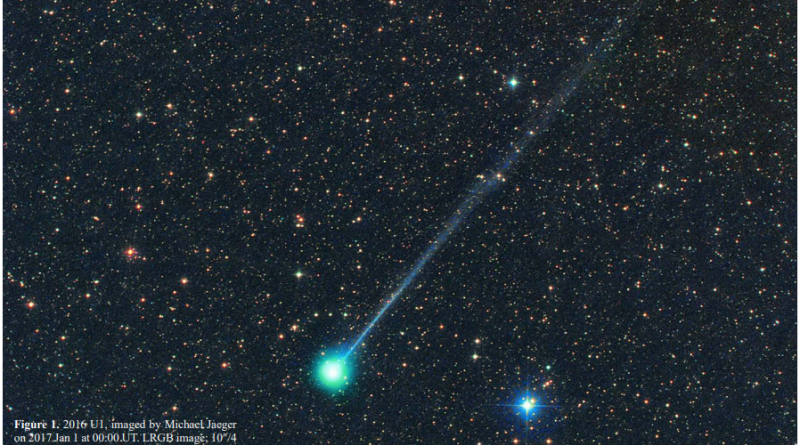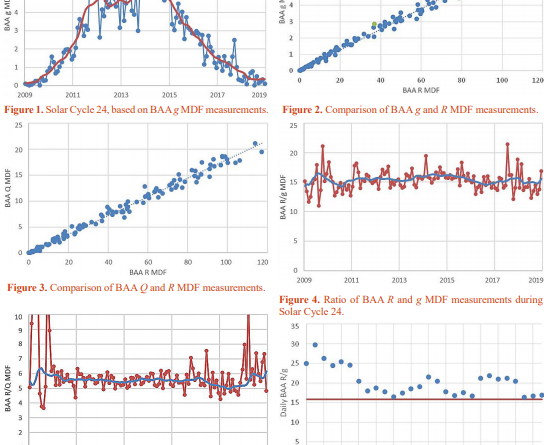Archives
Award for lighting scheme at Wimborne First School
On 2020 Dec 8 a new first-class lighting installation in Dorset received the BAA Commission for Dark Skies’ Good Lighting
Read moreThe opposition of Mars, 2014: Part I
During this aphelic opposition we received over 6,000 observations from 102 contributors. Small-scale dust activity was evident in the north polar region on several occasions, some events coinciding with the seasonal detachment of Olympia. Later dust activity in the region was associated with the development of the polar hood. At Ls = 154° a Regional storm commenced in Libya–Isidis Regio. The most frequently active site until the 1960s, it remained almost completely inactive – at telescopic resolution – for years. This event occurred seasonally early, but a second Regional event that simultaneously broke out there and in Hellas at Ls = 216° in 2014 October showed typical timing: dust spread west across Noachis and led to a darkening of Pandorae Fretum, as well as a broadening of Mare Serpentis. Short-lived local equatorial storms were recorded over Valles Marineris and Chryse–Xanthe. The entire Ls period over which planet-encircling storms are known to emerge was checked…
Read moreObservations of Mars & Saturn at the Lowell Observatory in 2018 July
In 2018 July the authors visited the Lowell Observatory for five nights, primarily to make observations of Mars and Saturn. In this paper we give a short introduction to the history of the observatory and present observations of these two planets, made using the 24-inch Clark refractor.
Read moreThe brighter comets of 2017
In this report, observations of the brighter or more interesting comets at perihelion during 2017 are described and analysed, concentrating on those visually observed. Magnitude parameters are given for all comets with observations. Any evolution in the magnitude parameters of those periodic comets with multiple returns is discussed. Additional information on the comets discussed here, and on other comets seen or at perihelion during the year, may be found on the Section visual observations web pages.
Read moreA comparison of BAA Solar Section white-light measurements
This paper compares the BAA white-light measurements made during Solar Cycle 24. The main purpose is to assess whether there are any differences in the recorded long-term characteristics of solar activity for observers who determine the number of groups, the sunspot number and/or the BAA quality number (based on type of group). A comparison is also performed between the International Sunspot Number and the BAA sunspot number.
Read moreDealing with dew
The problem of the formation of dew on astronomical equipment is one familiar to all observers in our famously damp
Read more



